#hal-g
Explore tagged Tumblr posts
Text
I swear fake superhero dudesbros would scream,hurl,cry and then explode if i told them as someone who's read for a wide variety of comic book characters and has specifically read everything Red Hood is in and is working on the same for the Spiderverse comics,that since Superman was made by jewish men to reflect the jewish experience and has jewish-coding as a result and BATMAN is also jewish for the same reason and Wonder Woman was created out of William Mourton Martson's love and respect for his bisexual girlfriends/wives,being a minority is not only not a bad trait in a superhero BUT A REQUIREMENT FOR BEING A REAL ONE BASED OFF COMICS HISTORY.Did you know Green Arrow is a socialist despite being a white cishet blonde guy also.And that Green Lantern is implied to be transfem on at least one occasion.And that there's multiple girl Robins and even more Batgirls of color and a black Robin who's more of a real superhero than Danny F*nton or whoever the fuck could ever be.And-
#STEP OFF!!!!!!!THIS IS OUR TURF BIIIIIIIITCH KNOW YOUR PLACE WHICH IS IN YOUR CUBICLE GETTING REJECTED BY HOT GIRLS#comics#clark kent#bruce wayne#diana prince#oliver queen#hal jordan#stephanie brown#maps mizoguchi#cassandra cain#nell little#tiffany fox#duke thomas#atsv#miles morales#peter b parker#gwen stacy#peni parker#hobie brown#pavitr prabhakar#miguel o'hara#jessica drew#margo kess#anya corazòn#cindy moon#miles g morales#gwenpool#jason todd#jaysumm#summerposting
260 notes
·
View notes
Text

i've only had kyle for 14 issues but i would already die for him
#ringless. powerless. beat to hell and back. comes swinging at one of the most powerful beings in the universe with a metal pipe.#HE'S JUST SO G O O D#kyle rayner#hal jordan#ganthet#green lantern#green lantern 64#green lantern 1990
38 notes
·
View notes
Text

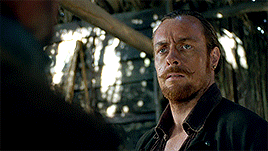
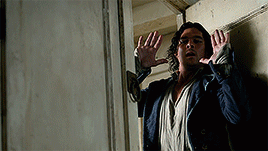
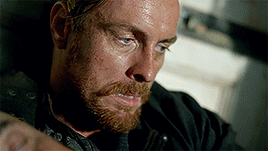
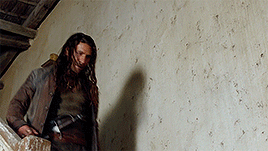

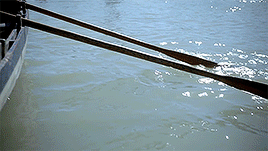
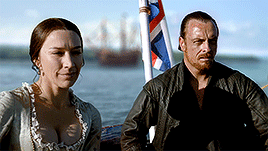



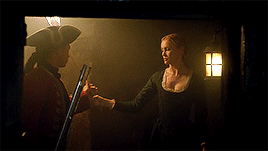
Deciding the Course Black Sails Musical Parallels | VII. VIII. XIV. XVI. XXII. XXVI.
music variation note: the first three scenes are all in high sounding strings. The scenes in XVI and XXVI are played on lower strings and a couple octaves down. The scene in XXII is in a mix of high and mid strings, and in an octave between the other scenes.
I spent a year rewatching Black Sails and tracking all the bits of music that repeated at any point during the show, and my findings are reinforcing that Bear McCreary is a genius and this show should have been called 'parallels that will kill you over and over again'* (tag | chronological)
#black sails musical parallels#VIII. g#black sails#sabsmade#VII#VIII#XIV#XVI#XXII#XXVI#hal gates#james flint#captain flint#john silver#charles vane#eleanor guthrie#miranda barlow#mr scott#woodes rogers#1.7#1.8#2.6#2.8#3.4#3.8#mine#bear mccreary#blacksailsedit
120 notes
·
View notes
Text
Hal: -stretches in a normal way-
Bruce: What a slut. Just asking for it like that.
#hal jordan#green lantern#bruce wayne#Batman#batlantern#there was a post that was basically saying shipping toxic characters is wrong#and one of the responses was I want them to bang each other until they croak#I don’t think either of these two are toxic#but dear god do I want them to make Texas Chainsaw Massacre look like a G-rated movie when they’re done with other#also I don’t think Hal has a degradation or humiliation kink#but you can betcha that Bruce will insult him for everything
171 notes
·
View notes
Photo


Family photo time :D
#They went to JC Penny to get their family photo taken#That image is funny to me#the g l a r e s#2001 a space odyssey#dave bowman#frank poole#2001 aso#hal 9000#cinema
76 notes
·
View notes
Text
Can't believe there are still people who pretend aging makes you unattractive. as if Gerard never put on the nurse costume
64 notes
·
View notes
Text
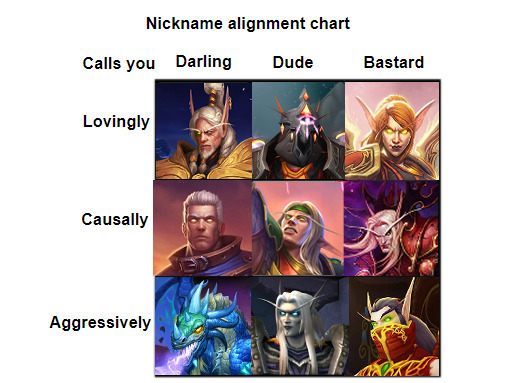
another alignment chart of my favorite WoW characters because I was bored & these are fun
#the urge to not put Hal in the entire dude section was strong#g: wow#lorthemar theron#aethas sunreaver#liadrin#khadgar#halduron brightwing#kaelthas sunstrider#malygos#koltira deathweaver#grand magister rommath#cc. halduron#cc. rommath
116 notes
·
View notes
Note
HEY EVERY !! IT'S ME!!! EV3RY BUDDY 'S FAVORITE [[Number 1 Rated Salesman1997]] SPAMT SPAMTON G. SPAMTON!! WOAH!! IF IT ISN"T A... LIGHT nER! HEY-HE Y HEY!!! LOOKS LIKE YOU'RE [[All Alone On A Late Night?]] ALL YOUR FRIENDS, [[Abandoned you for the slime]] YOU ARE? SALES, GONE DOWN THE [[Drain]] [[Drain]]?? LIVING IN A GODDAMN GARBAGE CAN??? WELL HAVE I GOT A [[Specil Deal]] FOR LONELY [[Hearts]] LIKE YOU!! IF YOU'VE [[Lost Control Of Your Life]] THEN YOU JUST GOTTA GRAB IT BY THE [[Silly Strings]] WHY BE THE [Little Sponge]] WHO HATES ITS [[$4.99]] LIFE WHEN YOU CAN BE A [[BIG SHOT!!!]] [[BIG SHOT!!!!]] [[BIG SHOT!!!!!]] THAT'S RIGHT!! NOW'S YOUR CHANCE TO BE A [[BIG SHOT]]!! AND I HAVE JUST. THE THING. YOU NEED. THAT'S [[Hyperlink Blocked]] YOU WANT IT. YOU WANT [[Hyperlink Blocked]] DON'T YOU. WELL HAVE I GOT A DEAL FOR YOU!! ALL YOU HAVE TO DO IS SHOW ME. YOUR [[HeartShapedObject]]. YOU'RE LIGHT neR< AREN'T YOU? YOUVE GOT THE [[LIGHT.]] WHY DON'T YOU [[Show it off?]]



10 notes
·
View notes
Text

episode 38
21 notes
·
View notes
Text

gonna put this on my cv
5 notes
·
View notes
Text
Wtf. Internet is against me. Wtf wtf.
"You are my best friend. I'm sorry i want you like a lover." HEY SO WHAT IF I CRIED RIGHT NOW UH? WHAT ABOUT IT?!?!!
#WHY IS THE INTERNET AGAINST ME#TELL ME WHY I GOT THAT TIKTOK WITH A ALEX G SONG ON THE BACKGROUND#I'm crying now this is so NOT poggers.#gl. posts#dc rp#dc rp blog#dc comics rp#dcu rp#hal jordan rp#green lantern hal jordan rp
3 notes
·
View notes
Text
Spawnuary Covers
Cover By Grange Wallis
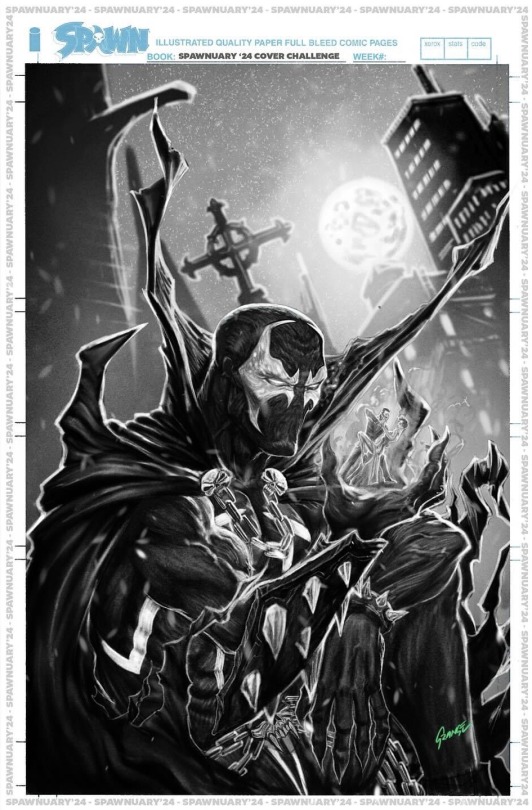
Cover By H_er0 Arts Colour By Sean Lee

Cover By Waldemer Z Cortes
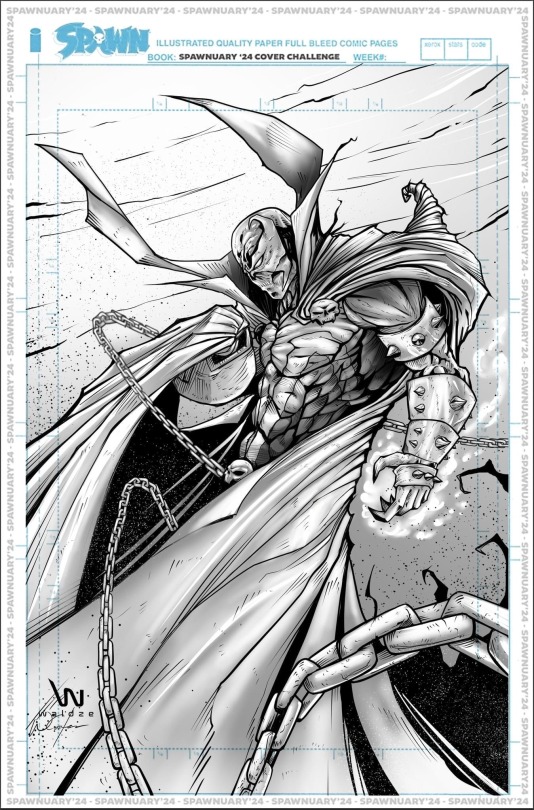
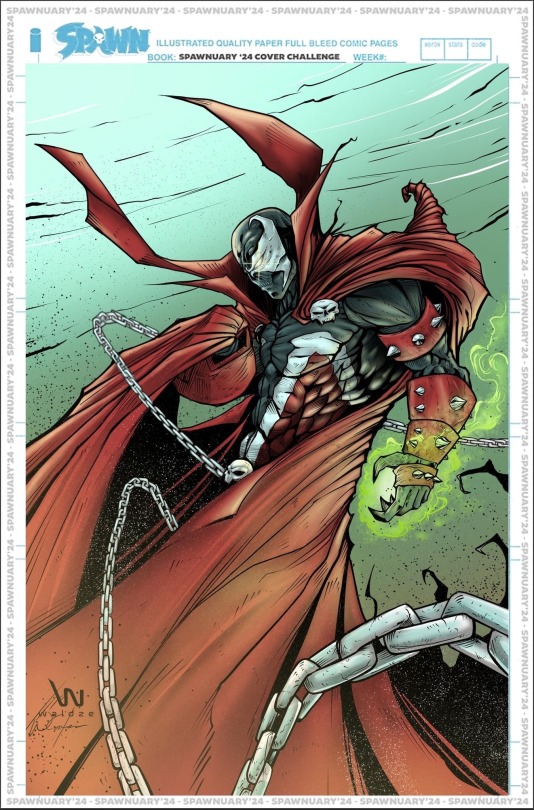
Cover By Ryan G Browne colour Jean Francios Beaulieu

Cover By Jordan Noir
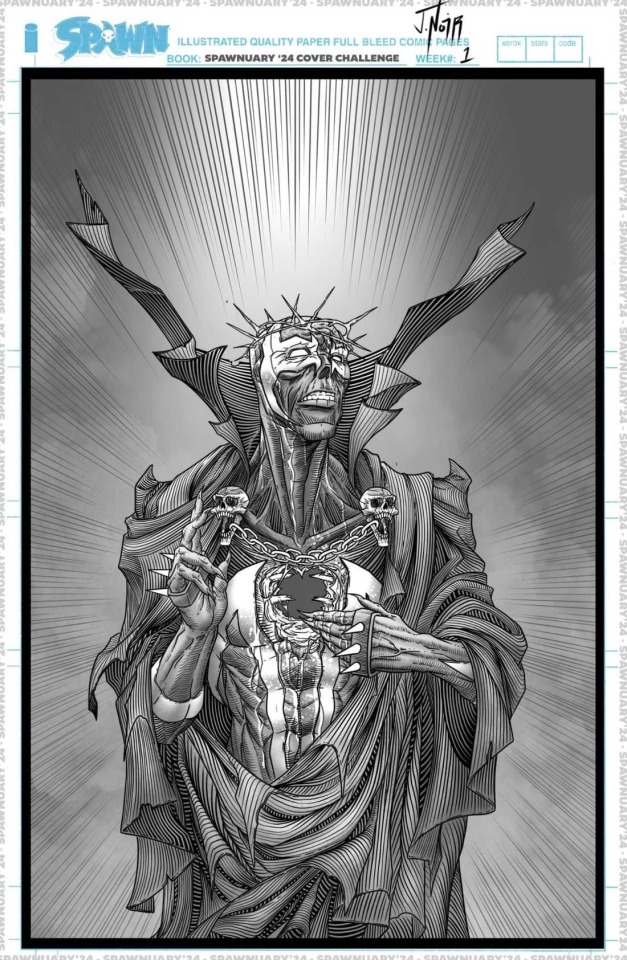
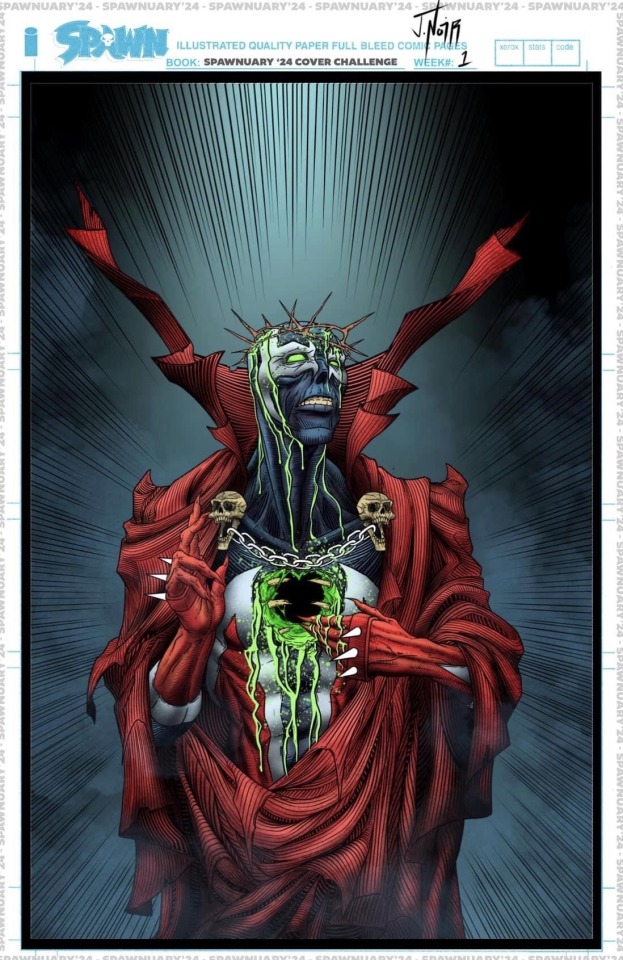
Cover By Ryan Kincaid colours Sean Lee
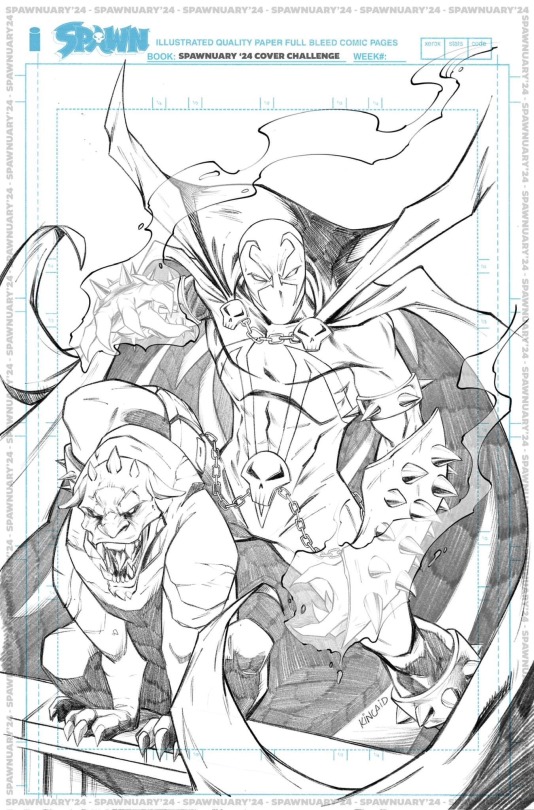

Cover By Hal Laren

Cover By Jc Fabu
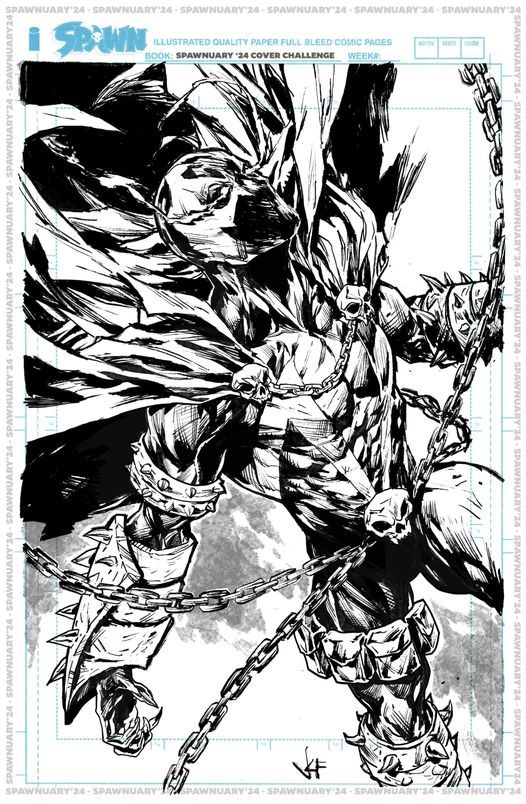
Cover By Jean-Laurent Marcia

#spawnuary#image comics#todd mcfarlane#spawn#variant cover#history making#breaking records#spawns universe#Grange Wallis#H_er0 Arts#Sean Lee#Waldemer Z Cortes#Ryan G Browne#Jean Francios Beaulieu#Jordan Noir#Ryan Kincaid#Hal Laren#Jc Fabu#Jean-Laurent Marcia#spawnchallenge
6 notes
·
View notes
Text
blackest night is overall just kind of stupid and shitty and both it and brightest day fall pretty flat for me. but my fucking g-d did geoff johns know what he was doing—perhaps for the only time in his life—when he wrote “and the fastest man alive does something i haven’t seen since he’s been back. he sits down.” about barry learning ralph and sue are gone
#that isn’t the exact text i don’t think. i don’t like pulling up issues on my phone and i’m not home#but my G-D. MY G-D!!!!! barry looking at the construct hal made of them. makes me crazy#umm i’ll tag it.#barry allen#ralph dibny#sue dibny
29 notes
·
View notes
Text
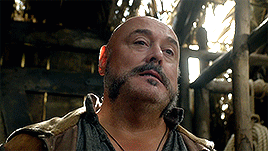
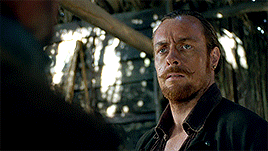


Separate Ways Black Sails Musical Parallels | VII. VIII.
I spent a year rewatching Black Sails and tracking all the bits of music that repeated at any point during the show, and my findings are reinforcing that Bear McCreary is a genius and this show should have been called 'parallels that will kill you over and over again'*
#black sails musical parallels#VIII. g#black sails#sabsmade#VII#VIII#hal gates#james flint#captain flint#john silver#1.7#1.8#mine#bear mccreary#blacksailsedit
99 notes
·
View notes
Photo
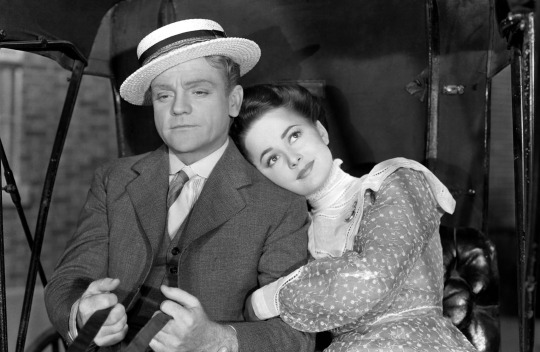
The Strawberry Blonde (1941)
During the height of the Old Hollywood Studio System – when studios themselves contracted directors, actors, writers, and other craftspersons – Warner Bros. found its niche as the “dark” studio. Warners might not have invented the gangster picture, but they codified its archetypes and tropes, becoming synonymous with the subgenre. In the early 1940s, director Raoul Walsh (a film noir pioneer; 1940’s They Drive by Night and 1941’s High Sierra) was nearing the peak of his career and actor James Cagney (1938’s Angels with Dirty Faces, 1949’s White Heat) was perhaps Warners’ most bankable star. Walsh was known for his proto-noir works and crime dramas; Cagney arguably the era’s definitive gangster actor. By 1941, both needed something different to work with.
Adapted by brothers Julius J. and Philip G. Epstein from James Hagan’s pastoral stage play One Sunday Afternoon, The Strawberry Blonde was exactly what both men sought. The Strawberry Blonde – often billed as a romantic comedy because it is a much lighter adaptation than 1933’s One Sunday Afternoon (starring Gary Cooper and Fay Wray) – is a celebration of simple, unadorned love. Though not a gag-a-minute comedy, Walsh’s uncharacteristic film shines through the performances from Cagney and especially Olivia de Havilland (three years removed from The Adventures of Robin Hood and two from Gone with the Wind). It is a joyous and nostalgic production; perhaps it should be no wonder it was a career favorite film for Walsh and a highlight for Cagney.
The Strawberry Blonde occupies two time periods. The film is set in New York City sometime in the late nineteen aughts or early 1910s, but primarily told through flashback during the late 1890s. In the flashback, Biff Grimes (James Cagney) aspires to become a dentist and yearns for a strawberry blonde socialite named Virginia Brush (Rita Hayworth; whose singing voice is, in a fleeting scene, not dubbed for the only time in her career). Along with his buddy and soon-to-be business partner, Hugo Barnstead (Jack Carson), they go on a messy double date with Virginia and her friend, the nurse and suffragist-leaning Amy Lind (Olivia de Havilland). Upon first impressions, Biff considers Amy to be the less attractive, amusing, and sociable girl. When fate – or, more precisely, Hugo’s duplicity – intervenes, Biff and Amy find love together and marry. While Biff begins studying for a dentistry diploma by mail correspondence, the two navigate financial and personal travails. Despite the marriage, Biff harbors a stewing resentment towards Hugo and a lingering covetousness towards Virginia apparent in the film’s bookends.
Among the bit players are Alan Hale as Biff’s father; George Tobias as Biff’s and Amy’s Greek immigrant friend, Nicholas Pappalas; Una O’Connor as Mrs. Mulcahey; and George Reeves (a future television Superman) as a belligerent, loudmouth, mustachioed college man who – due to his sweater – I choose to believe is from Yale. The four actors listed here, all Warner Bros. contractees at the time, each have their memorable moments.
The Strawberry Blonde serves as a memorialization to the time of Walsh and Cagney’s upbringing, similar to Vincente Minnelli’s Meet Me in St. Louis (1944) at Metro-Goldwyn-Mayer (MGM) and, if one wants to draw a modern throughline, the Duffer Brothers’ Stranger Things. In many ways, the film also feels like a musical. There are numerous diegetic performances of songs – whether by our central cast or a band – popular during the turn of the century. “The Band Played On” (from which the film derives its title; “Casey would waltz with a strawberry blonde / and the band played on”), “Bill Bailey”, “The Fountain in the Park”, “Meet Me in St. Louis”, “Wait ‘Till the Sun Shines, Nellie”, and much more fill the soundtrack. Composer Heinz Roemheld’s (1942’s Yankee Doodle Dandy, 1947’s The Lady from Shanghai) work adapts many of these songs into a boisterous, energetic score. Roemheld knows when to dial his orchestra back during the film’s most intimate scenes, but this wall-to-wall score evokes the period. Ostensibly, according to the screenplay, it was a time of romantic walks and live music performances in almost all social settings. In a sense, these decisions make The Strawberry Blonde into a sort of half-musical.
With his most recent movie being the film noir High Sierra (1941) with Ida Lupino and Humphrey Bogart, the transition from a largely outdoors-set crime drama to interior-heavy romantic comedy nevertheless suited Walsh. Walsh receives immeasurable help from one of the best cinematographers ever in James Wong Howe (1941’s Abe Lincoln in Illinois, 1963’s Hud). Howe’s signature high-contrast, low key lighting – generally associated with film noir – is not present much in The Strawberry Blonde. But what Walsh and Howe accomplish is making a bygone decade contemporary again. Outside the film’s romantic scenes including Cagney and de Havilland or Cagney and Hayworth, the film’s frames overflow with activity. With masterful use of blocking and mise en scène in these moments, Walsh and Howe’s frames are always dynamic, moving – but not swooping – alongside masses of extras and supporting characters rather than staying put, as if taking still photography. A static camera during Biff’s dates out on town would immediately render The Strawberry Blonde as a dusty artifact, a creaky throwback. Stationary cinematography has its uses when there are plenty of actors on-screen, but such a decision would make this remake too much like its 1930s original. Instead, in conjunction with Orry-Kelly’s (1951’s An American in Paris, 1959’s Some Like It Hot) outstanding costume design, the past leaps out of the history books and memories to be present again.
youtube
The notable instances in which Walsh and Howe keep their camera as rigid as possible are when Biff finds himself at the park bench where he and Amy first met. The set for the park also happens to be art director Robert M. Haas’ (1941’s The Maltese Falcon, 1949’s The Inspector General) plainest craftsmanship in the entire film. These scenes are the most obviously soundstage-bound moments – the too-perfect grass, the flatness, and lack of discernible lighting – despite the extras strolling in the deep background. The Strawberry Blonde’s park scenes mark the beginning and the renewal of Biff and Amy’s relationship, rendering them arguably the romantic highlights of the film. The contrast from these scenes to places such as the beer garden, the Central Park Zoo, or the Statue of Liberty make them the least “present” of the film. Some viewers less experienced in Old Hollywood (or those who, wrongfully, dismiss the style altogether) might complain about the obvious artifice in those park bench scenes with Biff and Amy, but my goodness does the aesthetic contrast make one take notice. Not only that, but the Epstein brothers’ dialogue for Cagney and de Havilland here is gently funny, and filled with warmth.
James Cagney, with his vaudeville background, was known for his physically exaggerated performances that nevertheless maintained a raw emotional core. That works to his benefit throughout The Strawberry Blonde, in which the character of Biff often sounds calm and measured, but his words bely fearfulness and bitterness. Despite the tough-guy gangster persona he often played in Warners’ gangster pictures, there are shades of Cagney’s later performance as George M. Cohan in Yankee Doodle Dandy here. Look at the grace in his dancing at the beer garden, a seemingly spontaneous cartwheel upon learning wonderful news, and how he putters about restlessly when conversing with Amy for the first time while expecting Virginia to show up. But also notice his weariness during the film’s bookends, how he accepts – but does not despair about – his station in life.
Olivia de Havilland is Cagney’s equal in this film, and a great foil to Rita Hayworth (whose character of Virginia is depicted as more conventionally attractive, but possesses a casual cruelty and vanity that gradually reveals itself). A middle-class nurse is an unusual role for an actress known at the time for mostly playing rich women and/or Errol Flynn’s love interest in swashbucklers or Westerns. As Amy, de Havilland curiously receives two “introductory” scenes in the film – both radically different from the other in storytelling function, reflecting the rarity of a second first impression and Biff’s tendency to see only surface details. Seemingly reserved but playful when she wishes to be, de Havilland’s Amy is an absolute delight of a character from the moment she appears. One crucial moment late in the film – in which Biff is dancing around an implied truth so that he can soften the blow for Amy – is heartbreaking acting from both. De Havilland’s movement and her glance outside the window in that scene epitomizes the agony in that moment. Knowing both actors’ resumes, I initially came into The Strawberry Blonde thinking that, on paper, Cagney and de Havilland would be a romantic mismatch. What a happy surprise it is to be completely wrong.
Unlike contemporary films that might take a nostalgic trip to a decade like the 1970s, ‘80s, or ‘90s, The Strawberry Blonde feels, at times, truly transporting. The incredible attention to visual details and especially the diegetic music (too often those newer nostalgia-driven movies resort to pin drops of non-diegetic music) help immensely. Though the film suggests an immigrant experience that would have been appropriate for turn-of-the-century New York, The Strawberry Blonde declines to say more about it – most likely a result of the original source material (“pickaninny”, a derogatory term that refers to black or dark-skinned children, is casually used in a song’s lyric).
At the center of this rich period detail lies an honest love between two people flowing through life’s currents. Sometimes their love is troubled with melodramatics, but they find ways to comfort and help the other with humor and goodness. Sure, it can be sentimental stuff. But it endures an upsettingly difficult test. The Strawberry Blonde has no designs to being other than a sincere love story and a fond lookback of another time. As such, it triumphs – with just one more chorus of “The Band Played On”, if you please.
My rating: 7.5/10
^ Based on my personal imdb rating. My interpretation of that ratings system can be found in the “Ratings system” page on my blog (as of July 1, 2020, tumblr is not permitting certain posts with links to appear on tag pages, so I cannot provide the URL). Half-points are always rounded down.
For more of my reviews tagged “My Movie Odyssey”, check out the tag of the same name on my blog.
#The Strawberry Blonde#Raoul Walsh#James Cagney#Olivia de Havilland#Rita Hayworth#Jack Carson#George Tobias#Una O'Connor#George Reeves#Lucile Fairbanks#Julius J. Epstein#Philip G. Epstein#James Wong Howe#Heinz Roemheld#Hal B. Wallis#Orry Kelly#WB100#TCM#My Movie Odyssey
11 notes
·
View notes